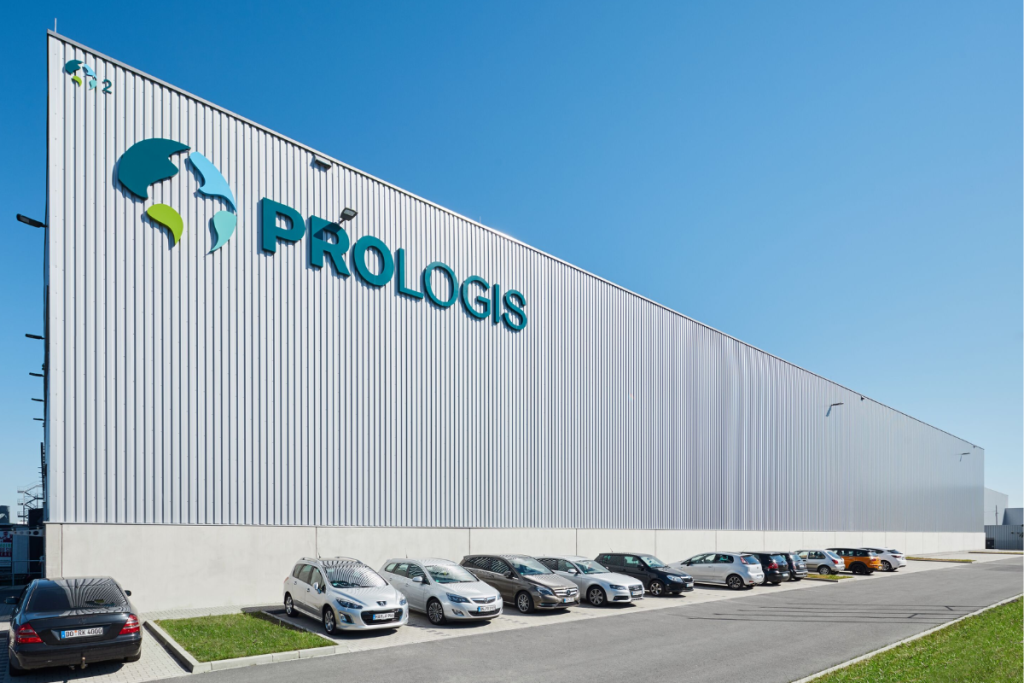Supply chain teams are making long-term infrastructure moves. Build-to-suit facilities are seeing a surge in demand as companies respond to rising tariffs, limited grid access, and automation requirements. These new projects aren’t just securing space, they are setting the terms for throughput, energy, and regional control for the next cycle.
Prologis has recorded its strongest ever first half for build-to-suit development. Over 30 active projects reflect a shift in how logistics networks are being designed and executed.
In Brief:
• $1.1B in BTS starts in H1 2025
• 30+ projects underway, covering over 25 million square feet
• Decisions driven by tariff exposure, grid access, and automation capability
Long-Horizon Planning Is Driving New Demand
Build-to-suit activity is being led by logistics teams embedding operational requirements into facility design. EV fleet integration, power provisioning, and robotics compatibility are shaping site selection from the beginning.
Many current projects involve consolidating legacy sites, realigning capacity across regions, and securing access to constrained locations with long-term strategic value. These include infill port zones, inland hubs with rail connections, and nearshore corridors linked to sourcing shifts.
Tariff Pressure Is Resetting Timelines
After the April tariff changes, several companies moved ahead with long-term site commitments. Delays were seen in the mid-market, but larger players advanced build-to-suit deals that align with new sourcing patterns and regulatory exposure.
Development timelines range from 18 to 36 months. Site decisions are being made now to avoid being locked out of critical capacity later. Power access, permitting lead time, and throughput design are being treated as planning fundamentals.
Execution Is Operational and Cross-Functional
Build-to-suit planning is increasingly integrated across logistics, network strategy, and automation teams. Project briefs now include throughput assumptions, dock-to-door timing, layout specifications, and alignment with robotics vendors.
Demand is highest in regions where availability is limited but strategic value is high. These are not speculative builds. They are designed for current and future operations, with clear functional targets baked into the planning process.
Scarcity Is Growing in the Wrong Places
Rising vacancy rates don’t reflect the supply picture for high-spec facilities. Automation-capable, energy-provisioned, high-throughput space remains constrained. In many metro areas, access to grid capacity is becoming a gating factor.
Companies delaying commitments risk losing access to the infrastructure required to support performance at scale.
Facility Design Is Becoming a Core Logistics Lever
The companies investing in build-to-suit space are embedding resilience through design. Power availability, regulatory alignment, and throughput reliability are being locked in during planning, not left to lease cycles.
These projects are logistics decisions, shaped by execution needs and long-term network strategy. As volatility increases across trade, energy, and sourcing, the ability to design for stability is becoming a decisive advantage.




